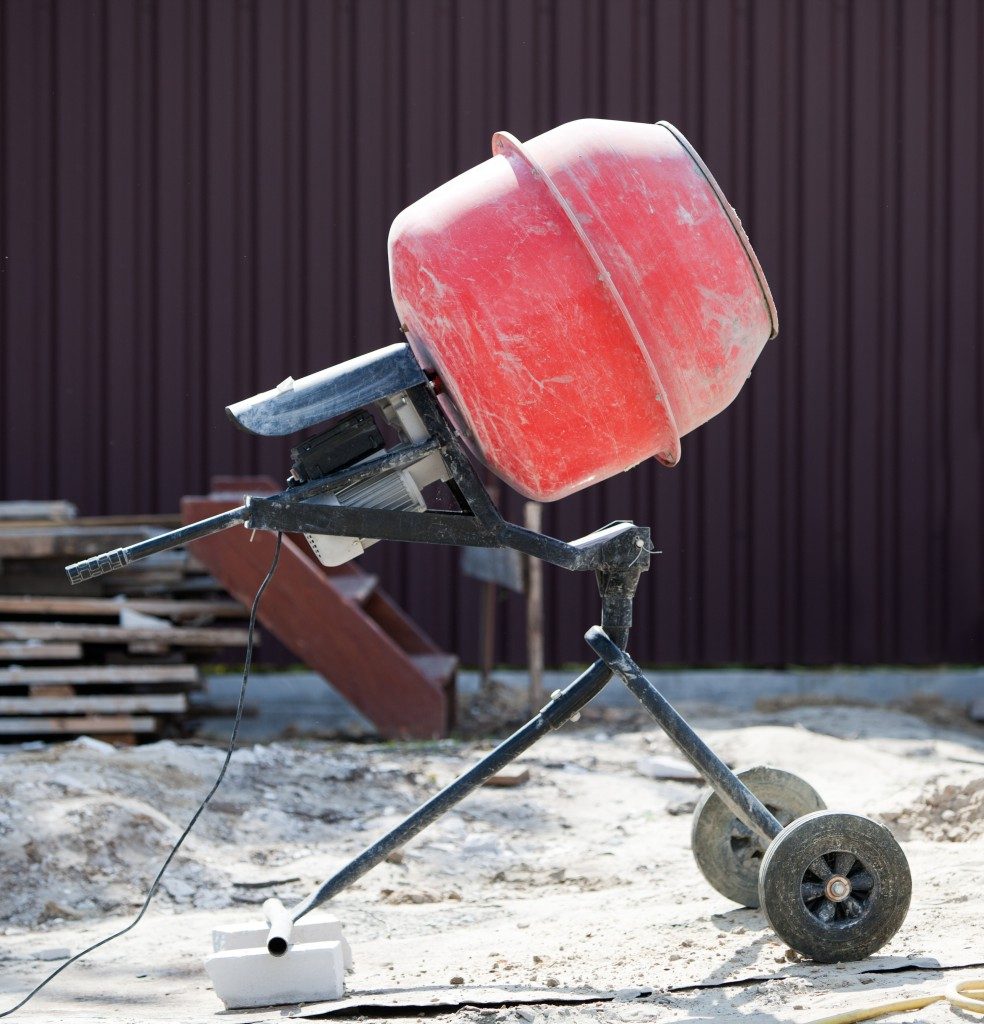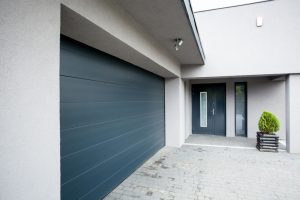From small houses to giant skyscrapers, concrete–a mixture of cement and other materials–plays a huge role in structure-building all around the world. It is the most used material worldwide, with an estimated 4.1 billion metric tons of cement that were produced in 2018.
Because of the massive production of cement, the environment is being severely affected. As of today, it’s also the biggest contributor to carbon emissions, which is why experts are finding alternatives that are more eco-friendly and sustainable than concrete.
For now, and until we’ve found the perfect alternative, all we could do as property owners is to make sure our structure lasts. One way to do this is through concrete sealing. This prevents moisture from going inside the pores of your walls and parking area in Utah, avoiding the production of mold.
Here are two problems that can occur on concrete:
1. Concrete delamination
This happens when blisters form in the concrete due to trowelling too early. The water or air stuck underneath the concrete causes “subsurface voids” that detach from the main body. Delamination can also be caused by “the use of a sticky mortar mix with a huge amount of fines” and a “high rate of evaporation.” The chips that fall off the slab can be as thick as 6mm.
Because the concrete slab now has spaces between the core and the topcoat, there is more room for moisture to accumulate.
2. Moisture
The problems with moisture in concrete affect the flooring job. These problems are caused by a variety of reasons, such as rushing the construction process and inadequate protection. Sometimes, when contractors have a lot of projects to tend to, some things become neglected during the job. One of them would be providing ample moisture protection at the bottom of the slab.
When this happens, the slab is continually exposed to the moisture coming from the Earth, and this vapor will continue to rise towards the concrete. Additionally, moisture is already introduced into the concrete while it is being mixed. It is only a matter of finding the equilibrium that would spare the concrete from destruction.
How to avoid concrete damage from happening

One way that you can prevent concrete damage is by sealing it. Because concrete is porous, this means that it can absorb chemical and moisture that can eventually destroy it. By sealing it, you block the pores from salts and water. Since the water could not penetrate the concrete, it will safely turn into vapor, avoiding the formation of molds.
This solution will also prevent the concrete from discoloration because it has a layer protecting it from constant weather changes. The durability of the concrete could last up to 30 years because of this additional protection.
This layer also makes cleaning stains easier because the chemical will not penetrate the concrete. It also gives a more polished look to the concrete, making it prettier and cleaner for people to see.
The last thing we want to have is a flimsy foundation for our building. Therefore, any potential damage should be avoided by determining any threats and adding a protective layer to avoid breaches.






